Detailed Examination of Macroeconomic Variables and their Impact
VerifiedAdded on 2023/06/08
|6
|700
|313
Report
AI Summary
This report delves into the realm of macroeconomic variables, examining their profound influence on economic performance. It explores key concepts such as fiscal and monetary policies, alongside supply-side economics, to provide a comprehensive overview. The report analyzes the effects of economic factors like interest rates and exchange rates on financial investments. It then examines the aggregate demand and supply model, elucidating their interaction in determining overall economic supply and demand. Furthermore, the report highlights vital economic indicators such as GDP and CPI, explaining their roles in assessing a nation's economic health and the cost of living changes, respectively. The conclusion emphasizes the interconnectedness of these factors and their collective impact on a country's GDP, particularly highlighting the influence of exports on economic growth, as evidenced in the report.
1 out of 6
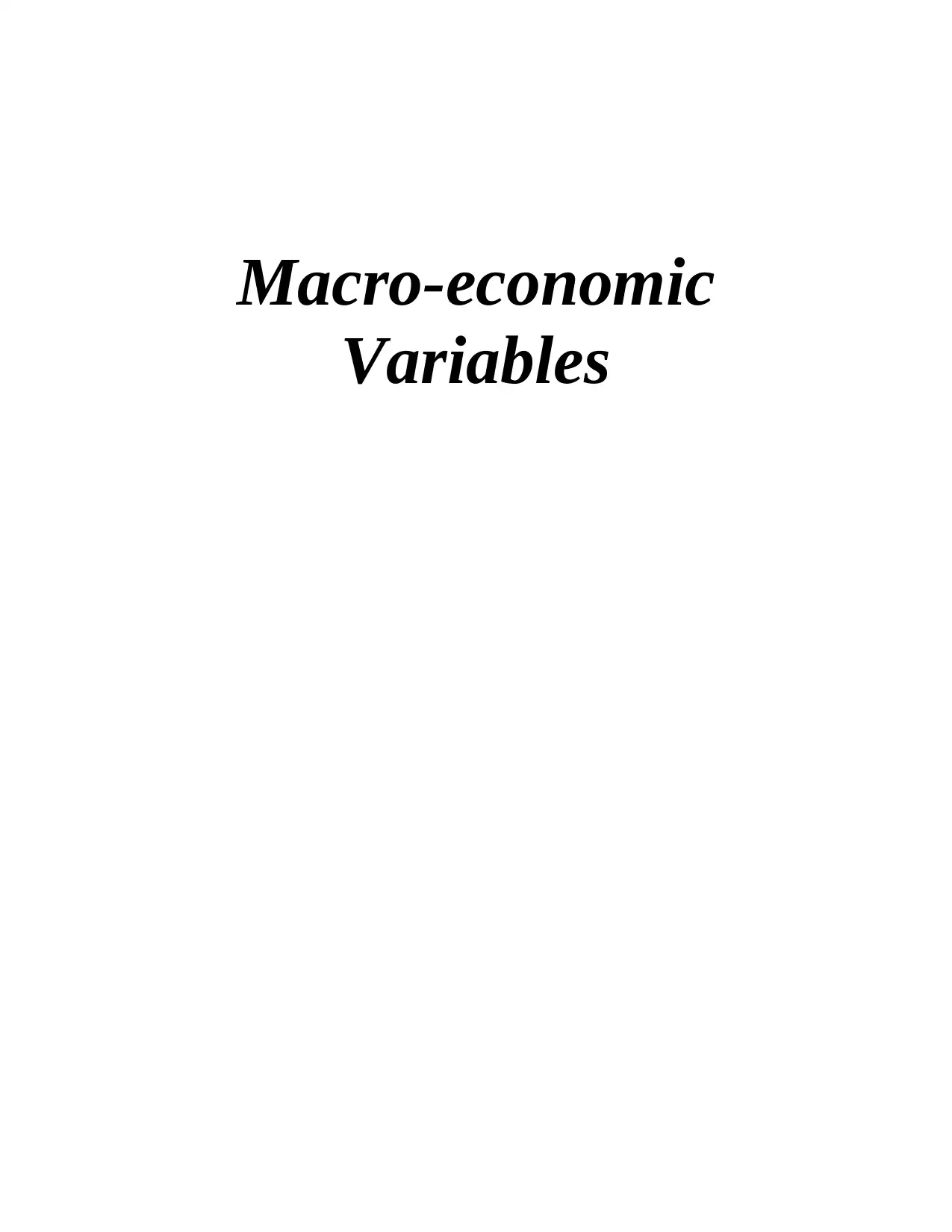
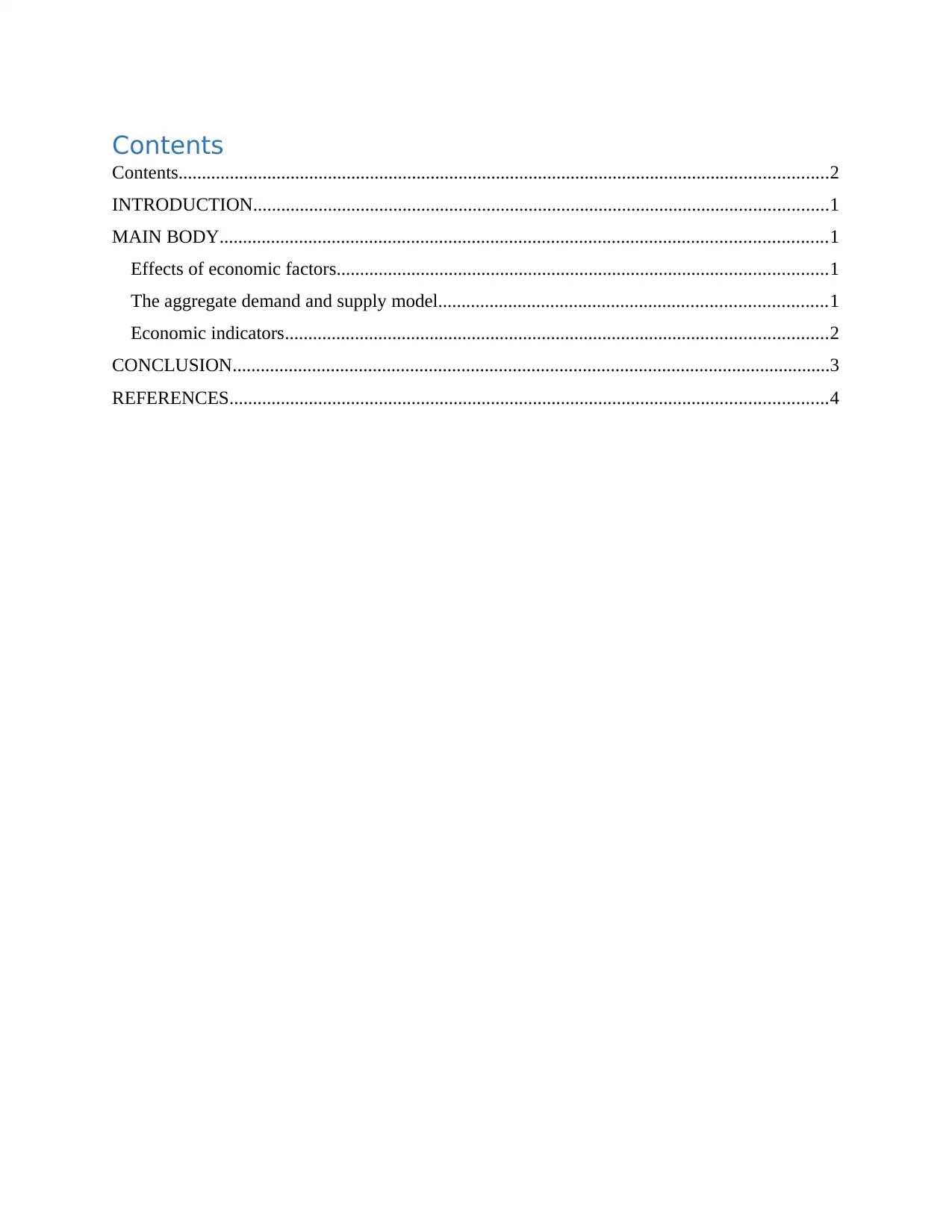
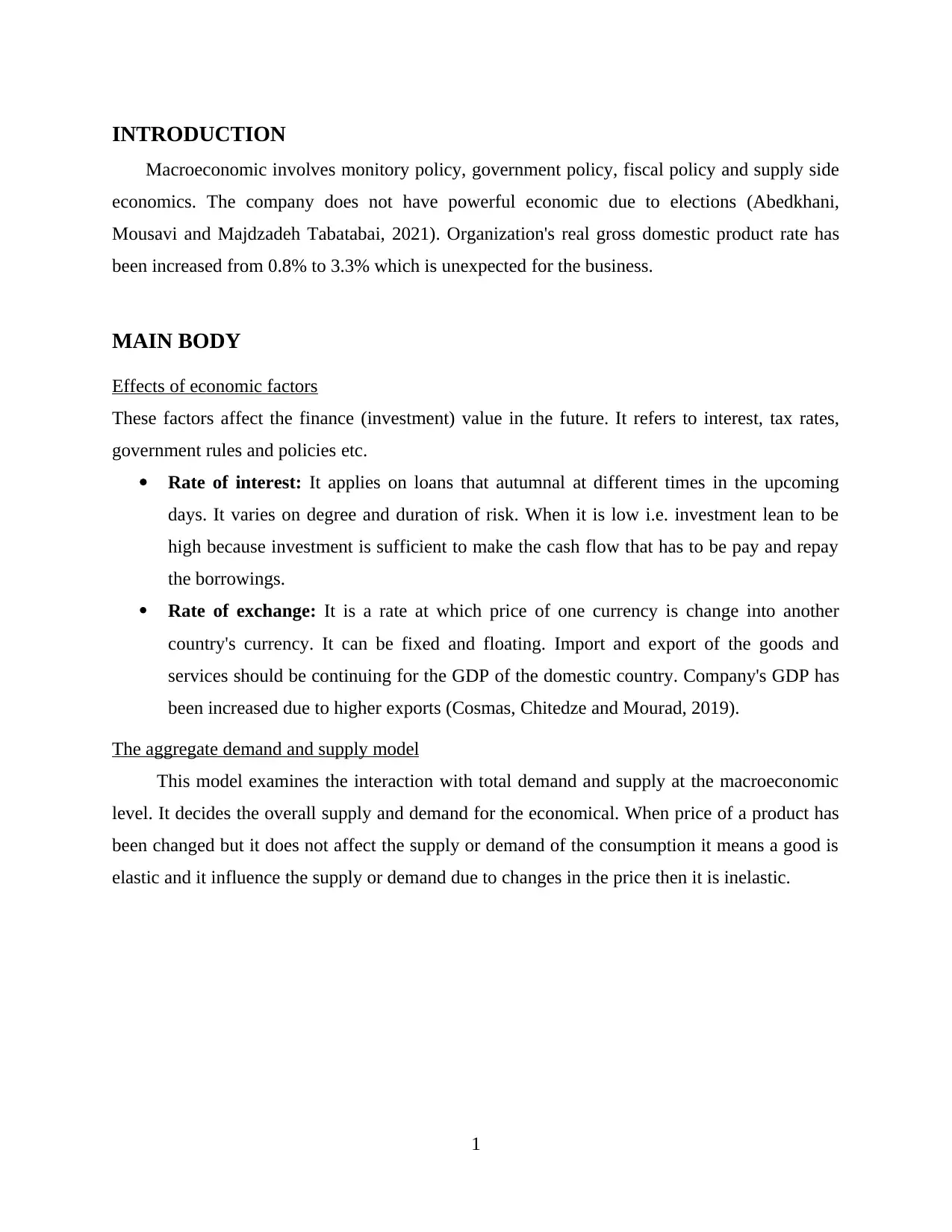

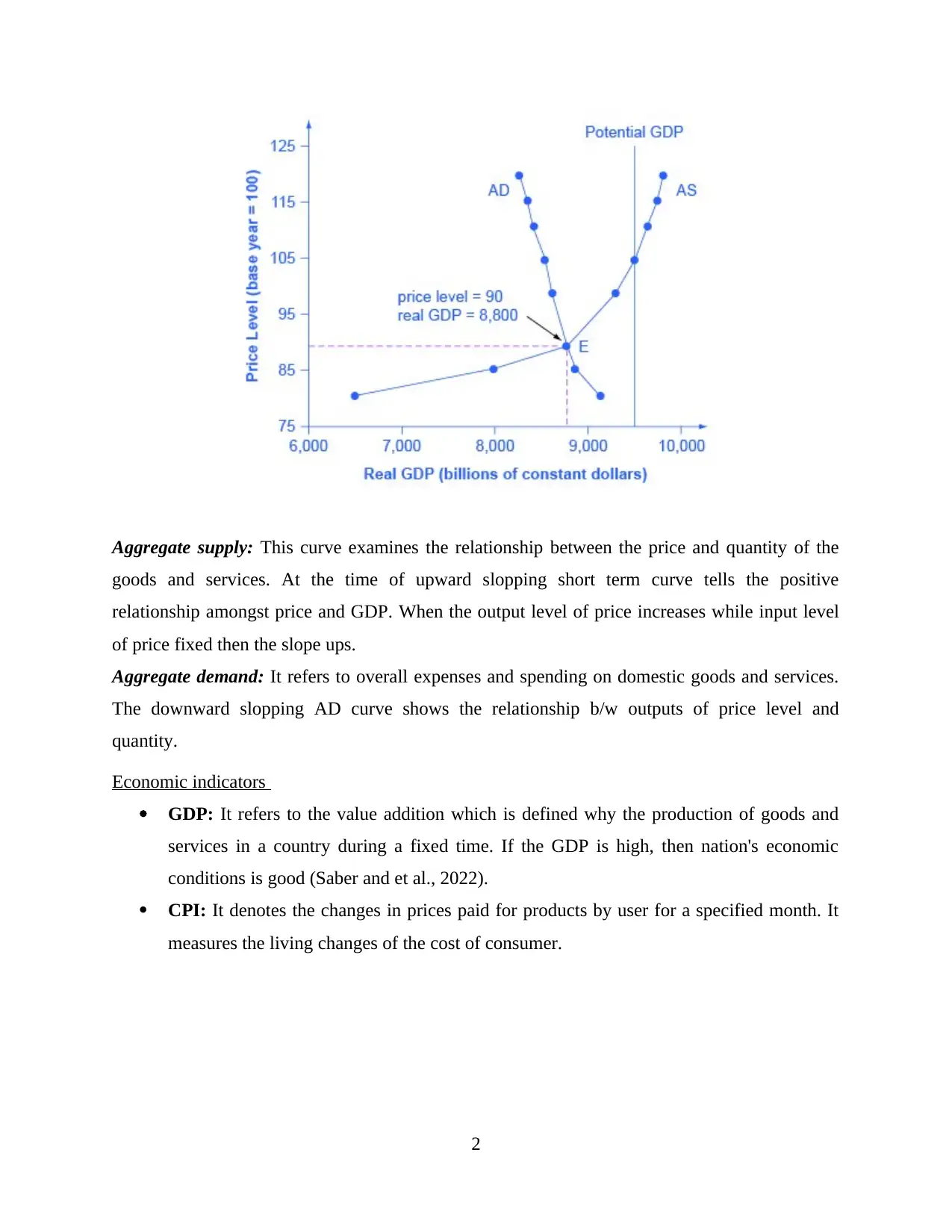
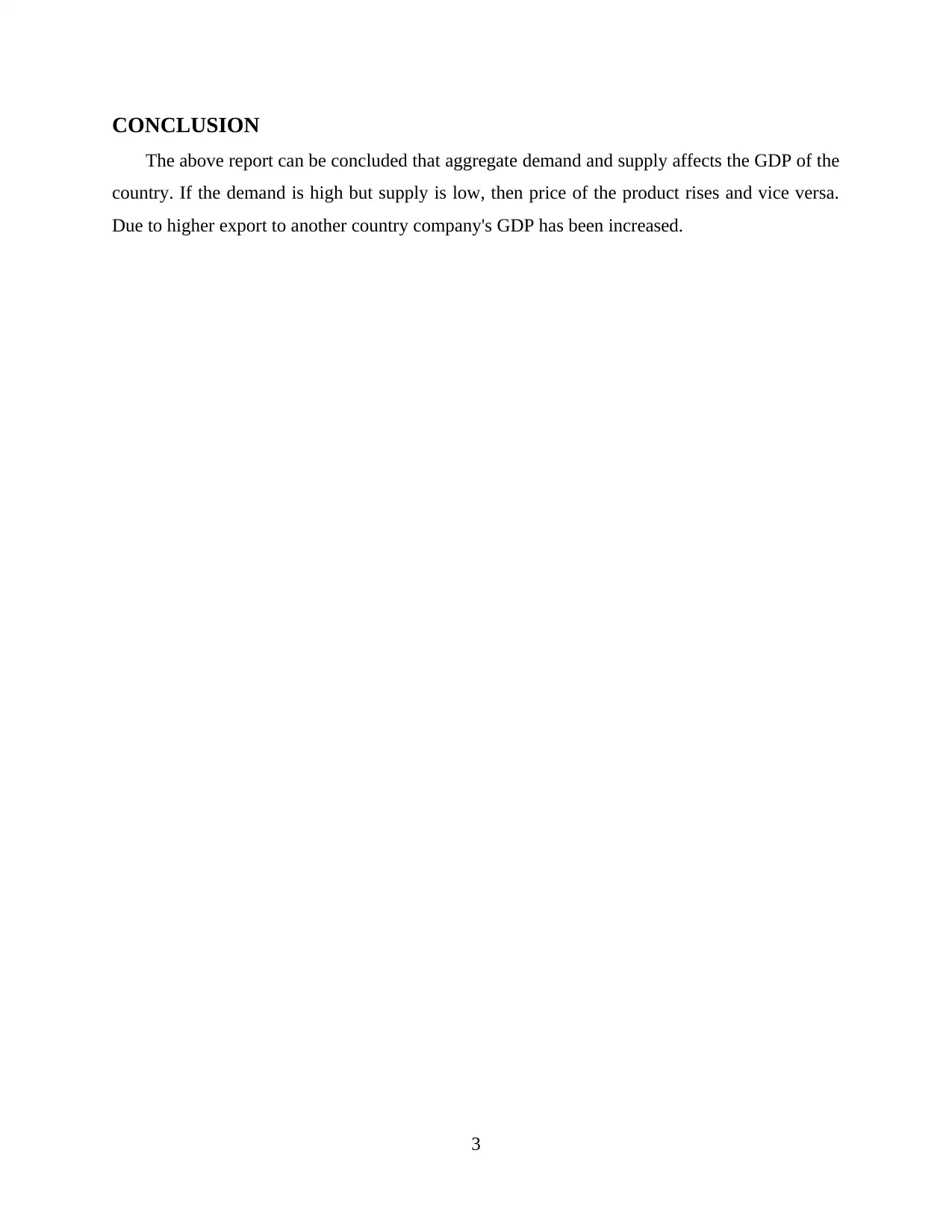
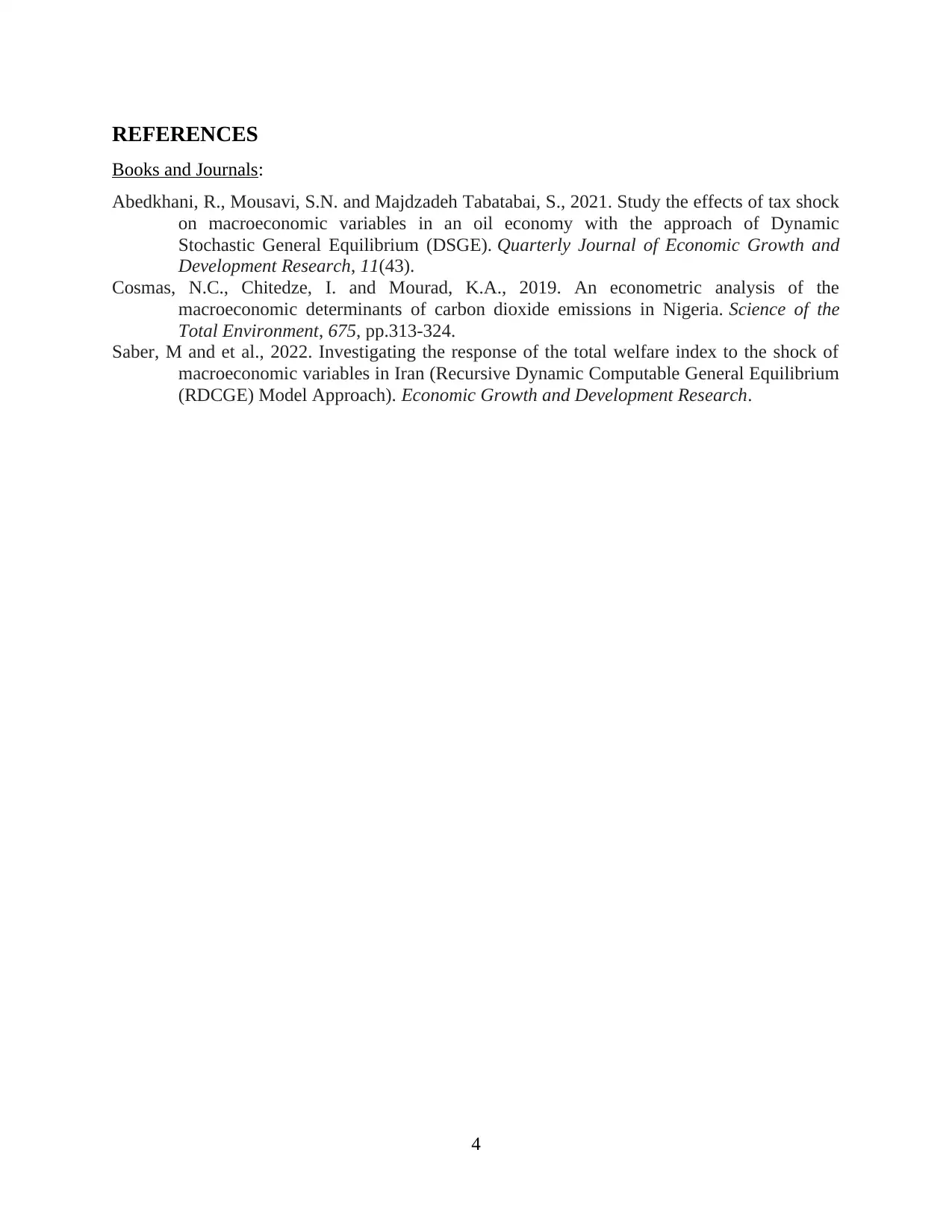





![[object Object]](/_next/static/media/star-bottom.7253800d.svg)